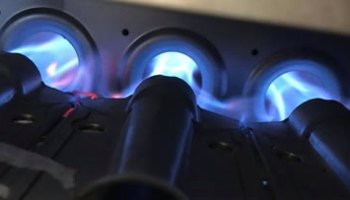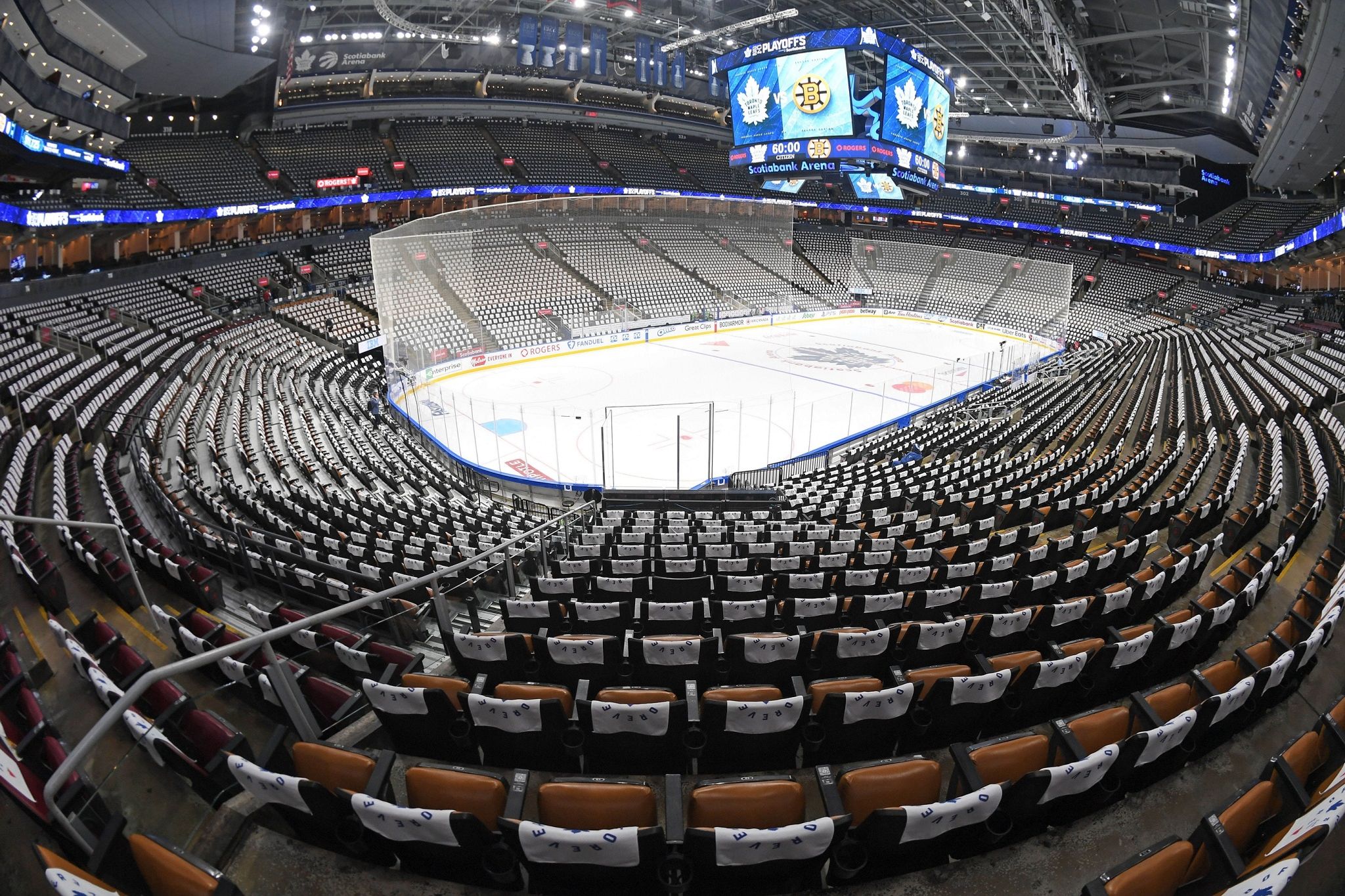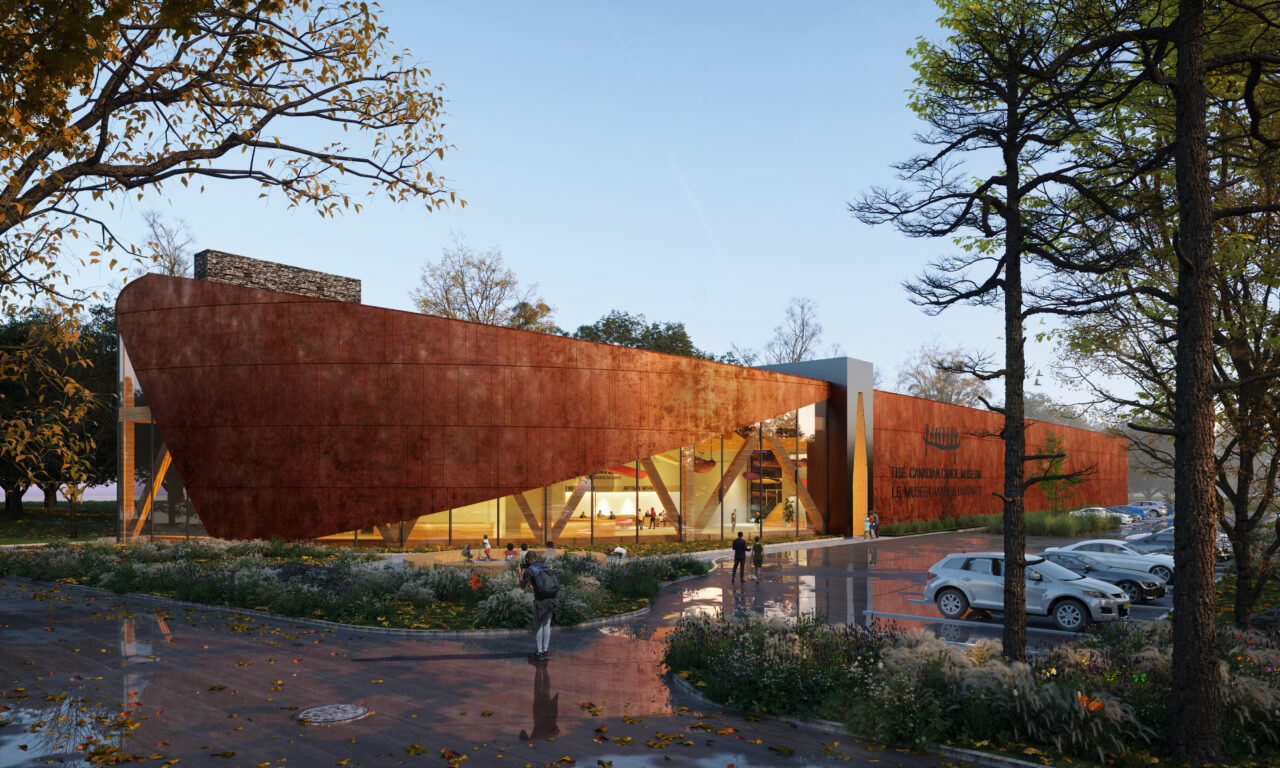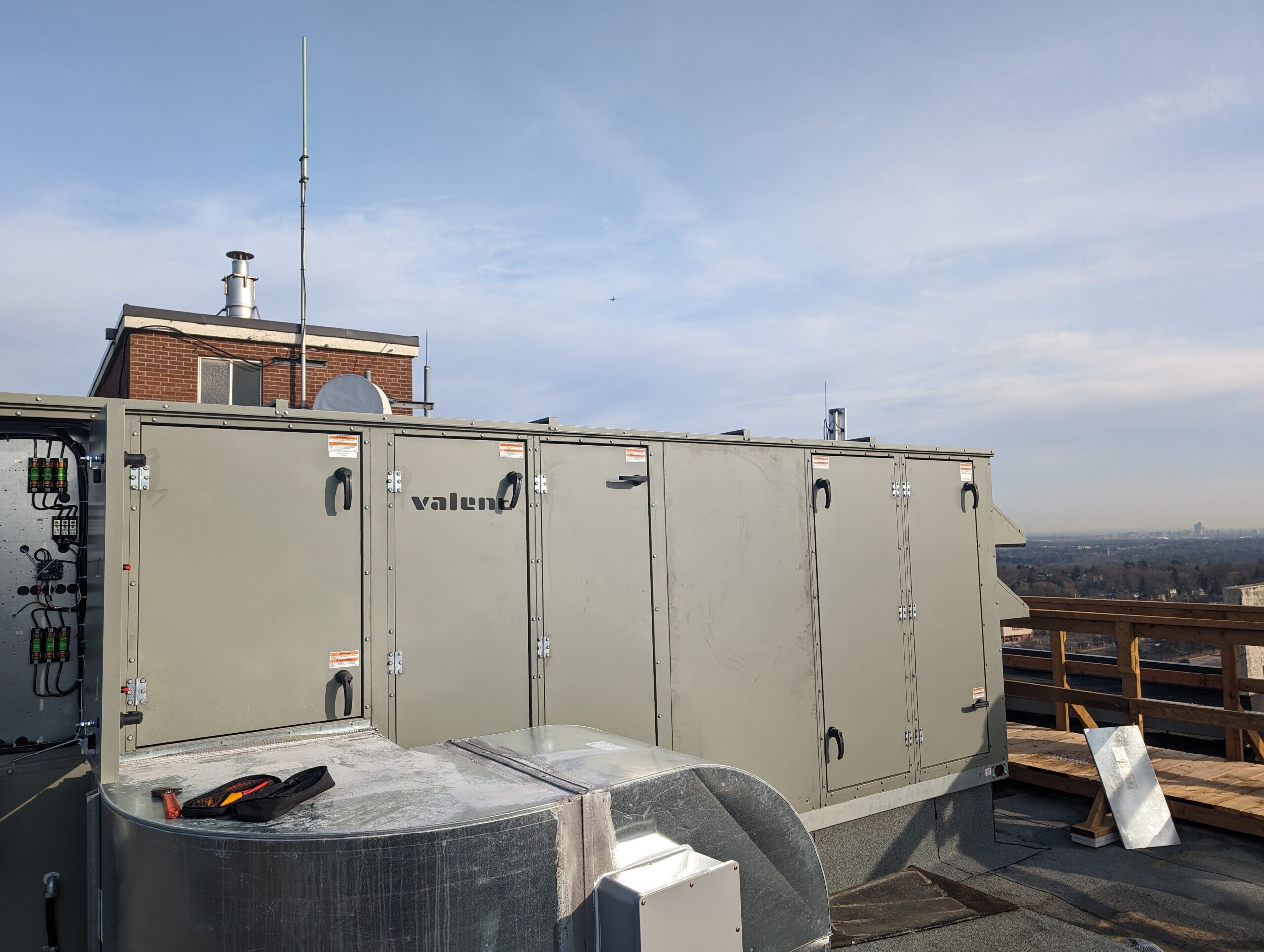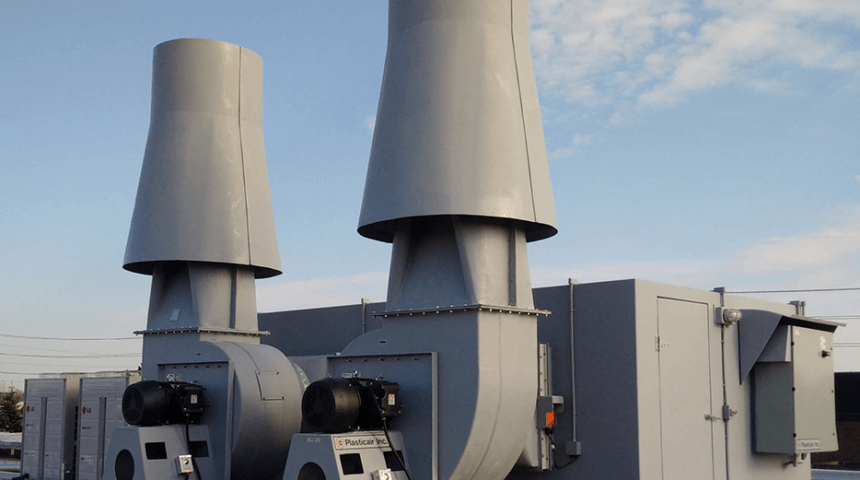Year after year, I keep having the same old discussion with engineers—just like it’s Groundhog Day. It has to do with a common mistake made when designing Energy Recovery Ventilators (ERVs) with post-gas heat. Being a cautious bunch, engineers often request that post-heating capacity for energy recovery devices are sized to account for a failure of the energy recovery device. Here are a few reasons why this is a design flaw:
- Turndown: Gas heat exchangers have turndowns ranging from 3:1 to 30:1 Let’s consider 15:1 as being the average, which also happens to be an arbitrary industry standard. The average sensible efficiency of an energy recovery wheel is 70%. If you apply that to the turndown, you’ve reduced effective turndown to 4.5:1. Result: Unstable discharge air temperature control and reduced operational efficiency of the gas heat exchanger. (Studies show that reduced turndown results in efficiency loss.)
- Redundancy: Is this necessary? Is the application mission critical? Probably not. When you design a make-up air handling unit, do you ALWAYS install dual heat exchangers with n+1 redundancy? Nope! So why do it for an energy recovery device?
- Variable Airflow: Minimum airflow is determined by the capabilities of the gas heat exchanger. Higher gas input correlates to higher minimum airflow in order to ensure proper washing of the heat exchanger. Result: Over sizing post-heat results in higher minimum airflows in a dedicated outdoor air system (DOAS) application, with unfavourable efficiency results.
- Failures: Why be so concerned that the energy recovery device is going to fail? With wheels, there are only three things that can go wrong: hub bearings, drive motors or belts. Use a plate heat recovery device and you’ll eliminate all failure modes. Compare this to a gas heat exchanger that has numerous failure modes (just check operations and maintenance information from any manufacturer). I would say that energy recovery failure is a perceived problem and not based on actual history.
- Cost: Larger heat exchangers cost more. No need to elaborate this point.
So let’s right-size post heat in energy recovery devices, because failure is not an option!
